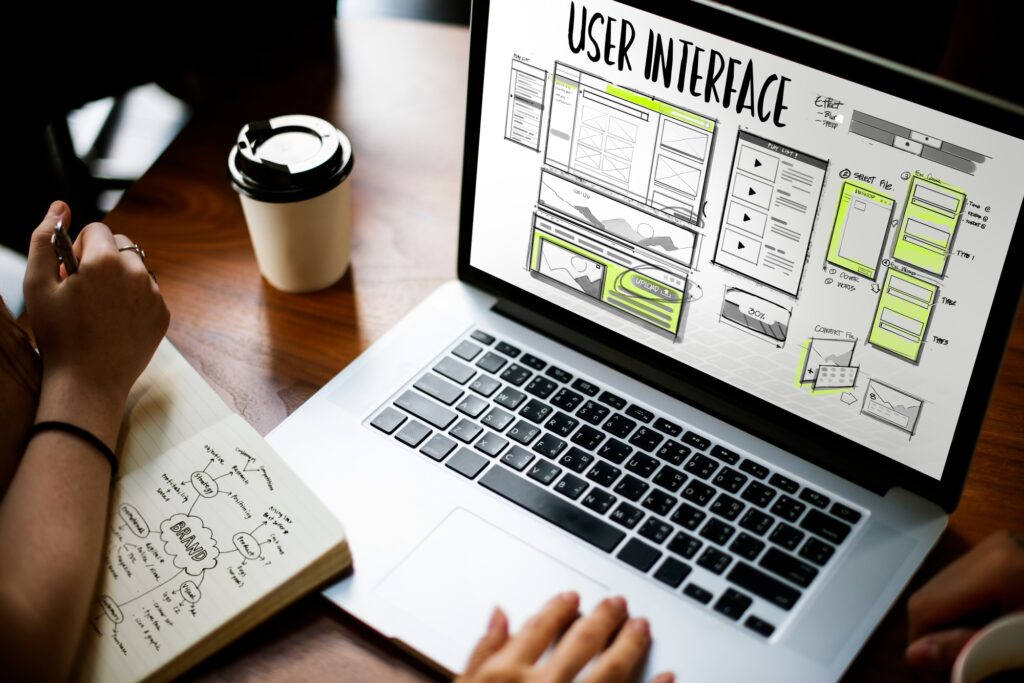
In the evolving landscape of web design, the integration of motion and microinteractions has become pivotal in crafting engaging and intuitive user experiences. These subtle yet impactful design elements not only captivate users but also guide them seamlessly through digital interfaces.
Understanding Motion in Web Design
Motion design involves the use of animations and transitions to convey information and enhance the aesthetic appeal of a website. It serves as a bridge between visual design and user interaction, making interfaces more dynamic and responsive. For instance, incorporating motion graphics can provide visual feedback, indicate state changes, and draw attention to key elements on a page.
The Essence of Microinteractions
Microinteractions are subtle animations or responses triggered by user actions, such as clicking a button or hovering over an element. They are designed to provide immediate feedback, enhance usability, and make the interaction feel more natural. A common example is a button changing color when hovered over, indicating its interactivity.
Benefits of Integrating Motion and Microinteractions
1. Enhanced User Engagement:
Motion elements capture attention and make interactions more enjoyable, encouraging users to spend more time on the site.
2. Improved Usability:
Microinteractions provide instant feedback, helping users understand the results of their actions and navigate the site more effectively.
3. Visual Hierarchy and Focus:
Animations can guide users’ attention to important content or calls to action, ensuring they don’t miss critical information.
4. Brand Personality:
Thoughtfully designed motion elements can convey a brand’s character, making the experience more memorable.
Best Practices for Implementing Motion and Microinteractions
- Purposeful Design: Ensure that every motion element serves a functional purpose, such as providing feedback or guiding the user, rather than being merely decorative.
- Consistency: Maintain uniformity in animations across the site to create a cohesive experience.
- Subtlety: Avoid overwhelming users with excessive motion; subtle animations are often more effective and less distracting.
- Performance Optimization: Optimize animations to ensure they don’t hinder site performance, especially on mobile devices.
Conclusion
Incorporating motion and microinteractions into web design is more than just an aesthetic choice; it’s a strategic approach to enhancing user experience. By thoughtfully integrating these elements, designers can create intuitive, engaging, and delightful interfaces that resonate with users.
